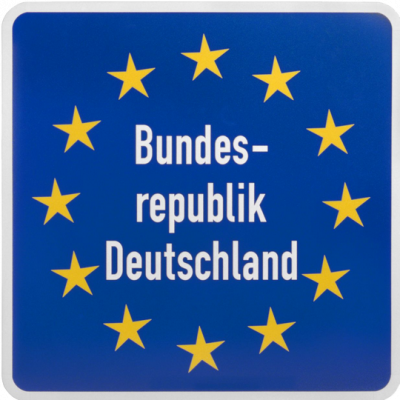Customs
Customs clearance is carried out per container and on the basis of the packing lists of their equipment prepared by the participants in the journey.
The question of the EORI number comes up again and again during customs clearance for both export and import (parcel services). This number is, so to speak, the customer number at customs. Logistics will issue the number upon justified request. However, since the processes must be documented, logistics must have knowledge of these processes and receive a copy of the process as proof after completion of the transports. This also applies to operations that have not generated any costs. In case of a customs audit, these processes must also be documented centrally by us.
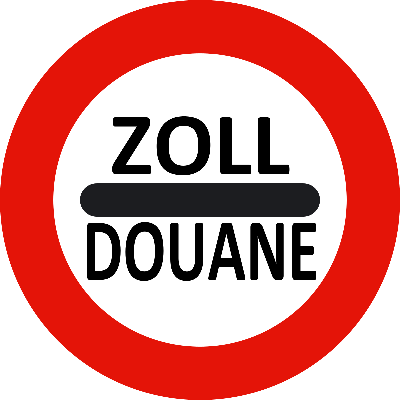
Packing lists
Packing lists are prepared by the participants or the working groups involved. Since these must later be copied together to form a customs list, the packing lists should be in a uniform format.
Please do not change anything in the formats, round values and weights to full amounts. This avoids errors in the presentation without decimal places.
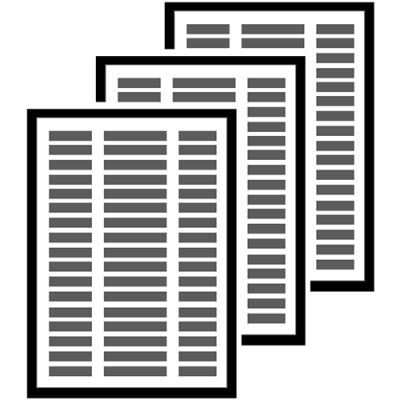
Export
There are a number of things to distinguish when exporting. Is it a temporary or a permanent export? Is the equipment used on land or on a ship? Is the export to an EFTA country, a third country or an EU special zone? If the equipment will be used in the EU, will it be transported on land or by sea?
Depending on which answer is given to this question, corresponding customs declarations must be distinguished and completed (see following sections). The customs declarations are usually prepared by the logistics department on the basis of the lists provided.
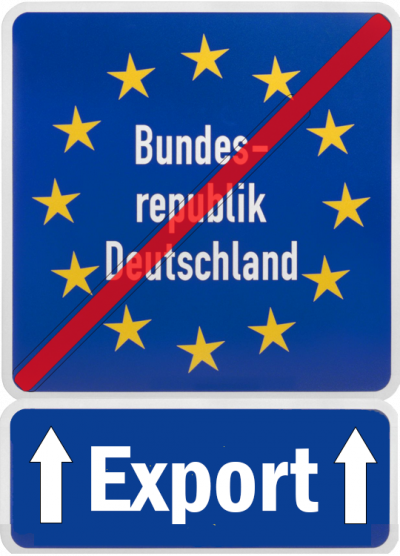
Export inside the EU
If the equipment is used in the EU, the customs declaration depends on the type of transport and the area of use.
Transport is by land.
As a rule, no customs declaration is required here.
Transport is by sea (cargo ship).
To prove that the equipment is free goods, i.e. customs cleared and taxed in the EU, the material must be declared with a T2L declaration. This is usually still declared in paper form and customs normally waive the presentation of the goods. The prerequisite for this is that the goods are at the MARUM.
A T2L is also used if the equipment is brought by ship, e.g. to the French overseas territories, which belong to the EU.
The operation takes place in or from EU special zones. This primarily concerns the Canary Islands. A T2LF declaration is required for the transport. In addition, an export declaration (EU) and an information sheet on the returned goods regulation (INF3) are required for temporary export.
All these documents are prepared by the logistics department on the basis of the packing lists that the participants have filled in beforehand.
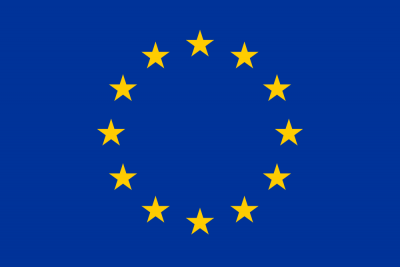
Export into an EFTA country
If the equipment is used from an EFTA country but on a ship (e.g. Norway), the equipment is declared with a CO A export declaration. As this is normally a temporary export (the equipment is to be returned to Germany after use), an information sheet for the returned goods regulation (INF3) must be attached to the customs declaration. This INF3 provides proof that the goods have already been cleared through customs and taxed in the EU.
If an operation within the country is planned (e.g. Switzerland or Norway onshore), an ATA carnet is issued instead of a customs declaration and an INF3.
This must be applied for and completed by the respective working group at the Chamber of Commerce and Industry.
It is a multi-page document that must be transported together with the goods and is stamped each time the goods cross the border (exit and entry in each country (including transit through a country)). With this document, the Federal Republic of Germany assumes a Hermes guarantee. In the event that the equipment is not demonstrably returned to Germany within one year, import duties of the country of destination will become due, which are guaranteed by the Hermes guarantee. Subsequently, the Federal Government will recover the costs incurred from the applicant of the ATA Carnet!
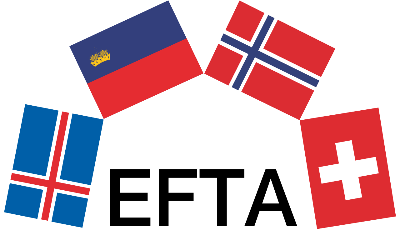
Export into a third country
If the equipment is used on a ship from a third country, the equipment is transported to the research ship in transit through the third country, so to speak. For this purpose, a customs declaration EX A must be made out. This must be accompanied by an information sheet for the returned goods regulation (INF3) in the case of temporary export (equipment returns after the expedition).
If an operation within a third country is planned, an ATA carnet is issued instead of a customs declaration. Prerequisite: the third country has acceded to the corresponding agreement.
The carnet must be applied for and completed by the respective working group at the Chamber of Commerce and Industry.
It is a multi-page document that must be transported together with the goods and stamped each time the goods cross the border (exit and entry in each country (including transit through a country)). With this document, the Federal Republic of Germany assumes a Hermes guarantee. In case that the equipment is not demonstrably returned to Germany within one year, import duties of the country of destination will become due, which are guaranteed by the Hermes guarantee. The Federal Government will then recover the costs incurred from the applicant of the ATA Carnet!
If the third country is not a member of the agreement, a normal customs declaration is made with INF3. In this case, the respective working group has to find out how the goods get to the destination country (customs clearance, temporary import or similar) and may be used there.
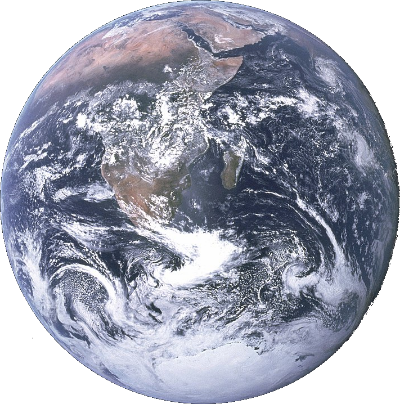
Import
When importing, it is important to distinguish between a purchase, which must be taxed and cleared accordingly, and the return of temporarily exported research equipment.
In most cases, the transport of a purchased good is handled by a commissioned parcel service provider, who also takes care of the handling at customs.
For the return of temporarily exported goods (research equipment), an export from Germany must have taken place beforehand, where the intention was to export the goods only temporarily. For this purpose, an information sheet on the returned goods regulation (INF3) is filled out upon export.
Upon (re-)import, an import declaration is prepared and submitted to customs together with a proforma invoice and a packing list of the goods. In addition, the INF3 paper issued upon export is submitted, which serves as proof that the goods originate from Germany and have already been taxed and cleared there. If this proof cannot be provided, the goods may have to be taxed and cleared again.
